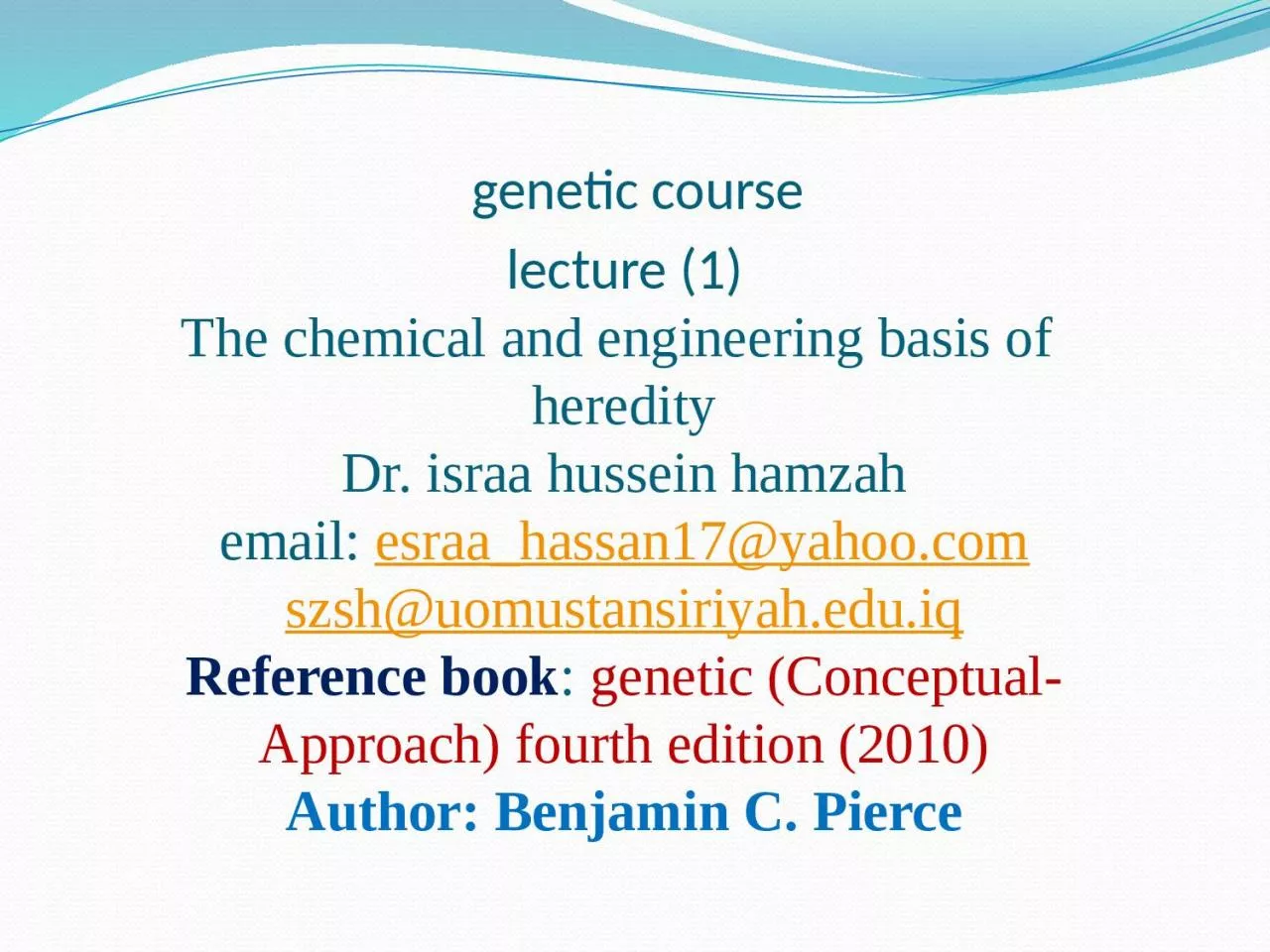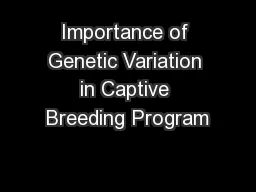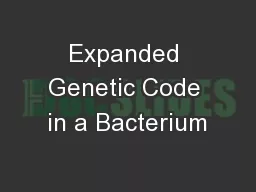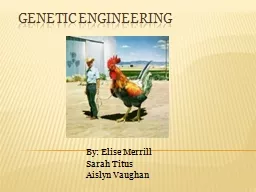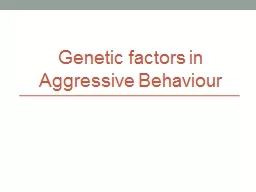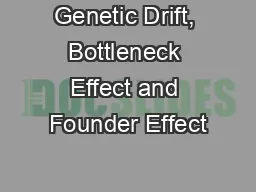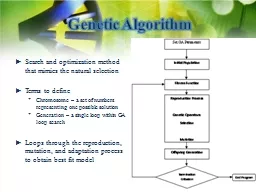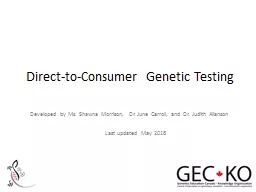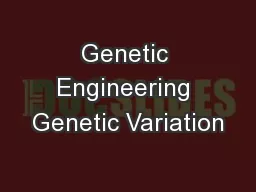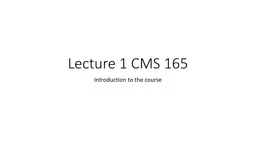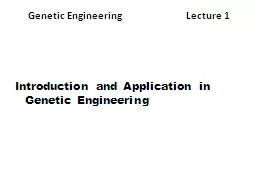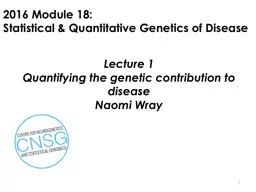PPT-genetic course lecture (1
Author : SugarLips | Published Date : 2022-08-03
The chemical and engineering basis of heredity Dr israa hussein hamzah email esraahassan17yahoocom szshuomustansiriyaheduiq Reference book genetic ConceptualApproach
Presentation Embed Code
Download Presentation
Download Presentation The PPT/PDF document "genetic course lecture (1" is the property of its rightful owner. Permission is granted to download and print the materials on this website for personal, non-commercial use only, and to display it on your personal computer provided you do not modify the materials and that you retain all copyright notices contained in the materials. By downloading content from our website, you accept the terms of this agreement.
genetic course lecture (1: Transcript
Download Rules Of Document
"genetic course lecture (1"The content belongs to its owner. You may download and print it for personal use, without modification, and keep all copyright notices. By downloading, you agree to these terms.
Related Documents

